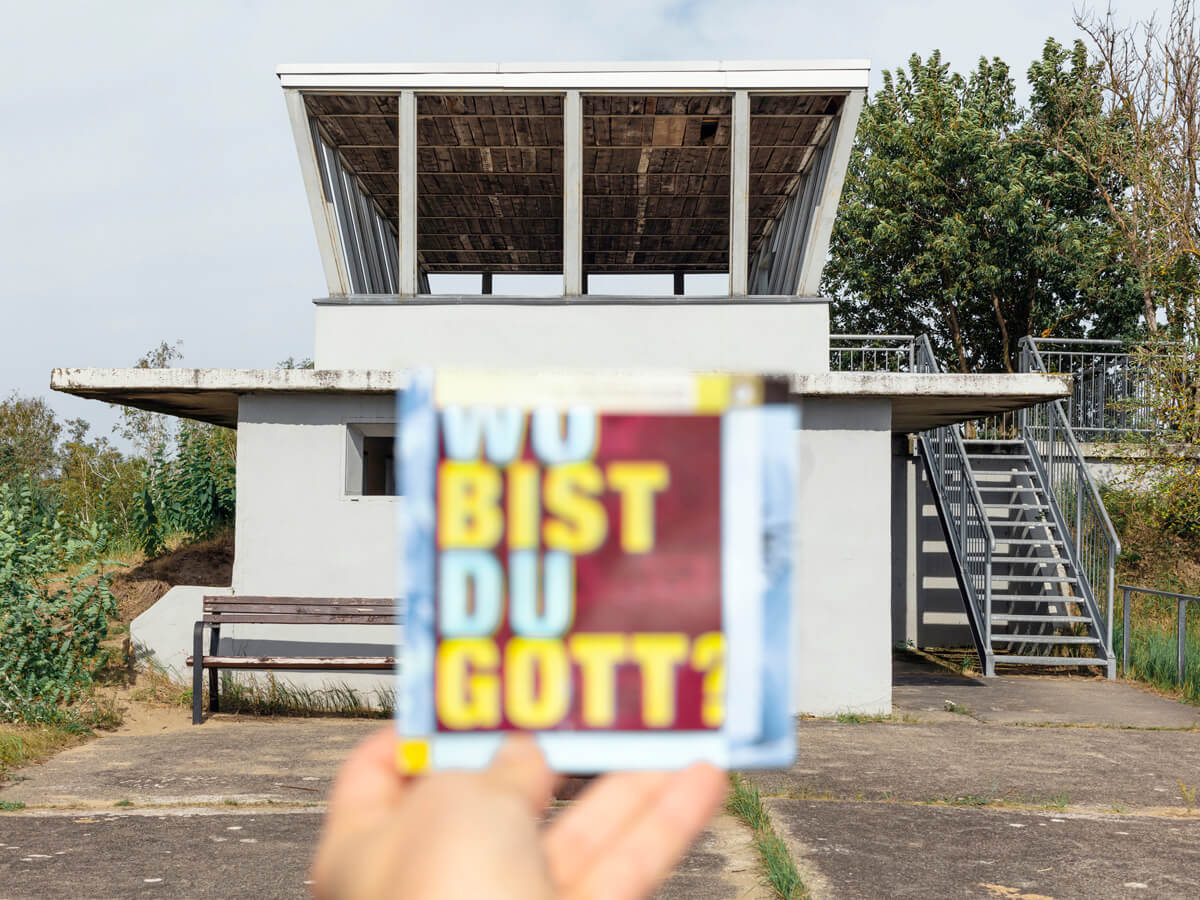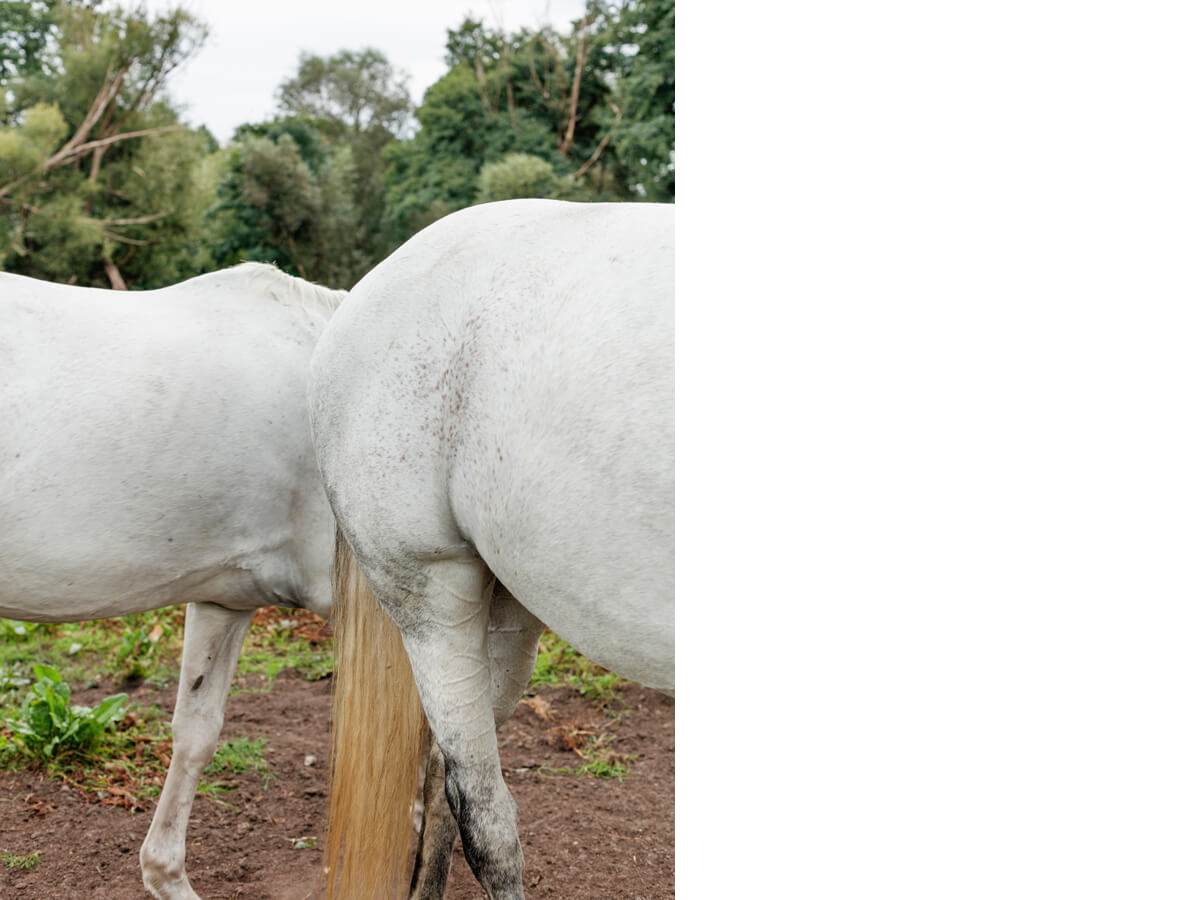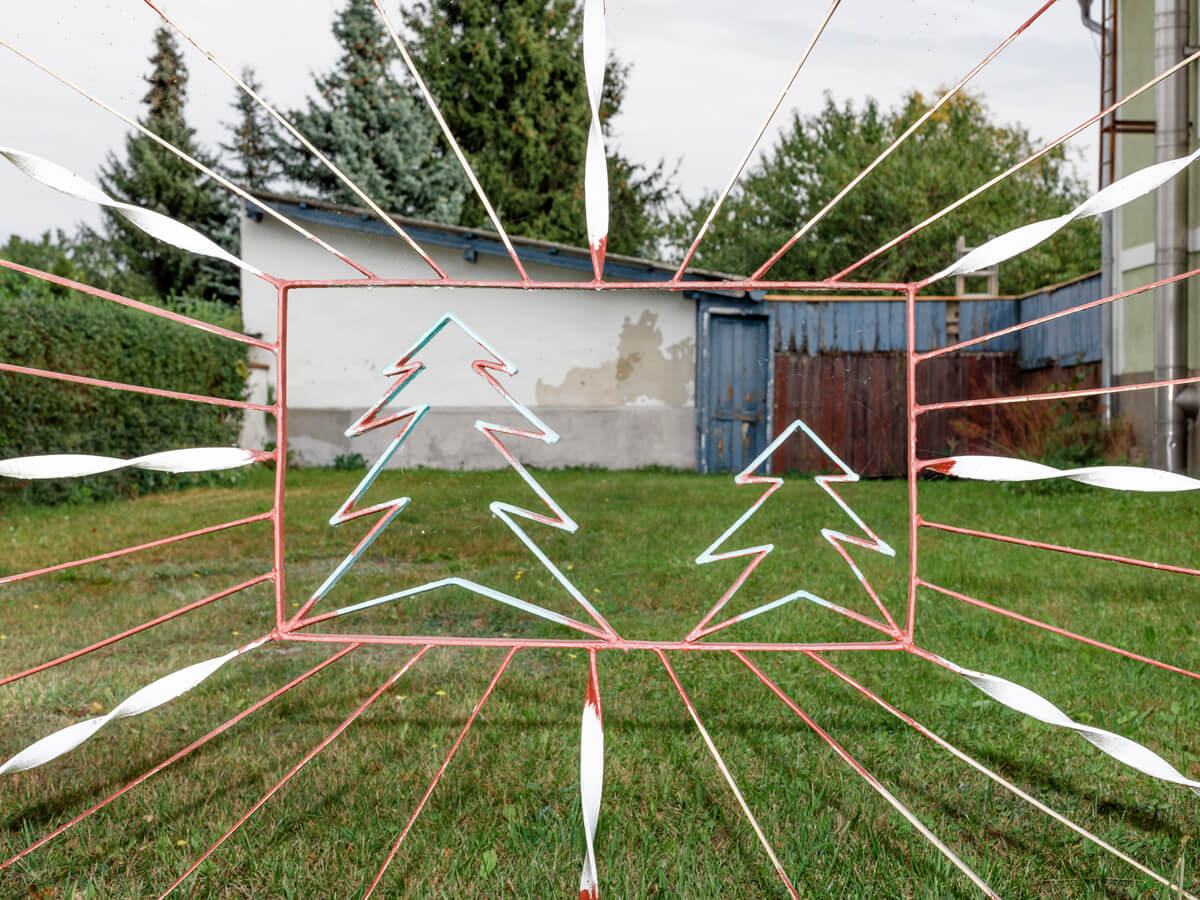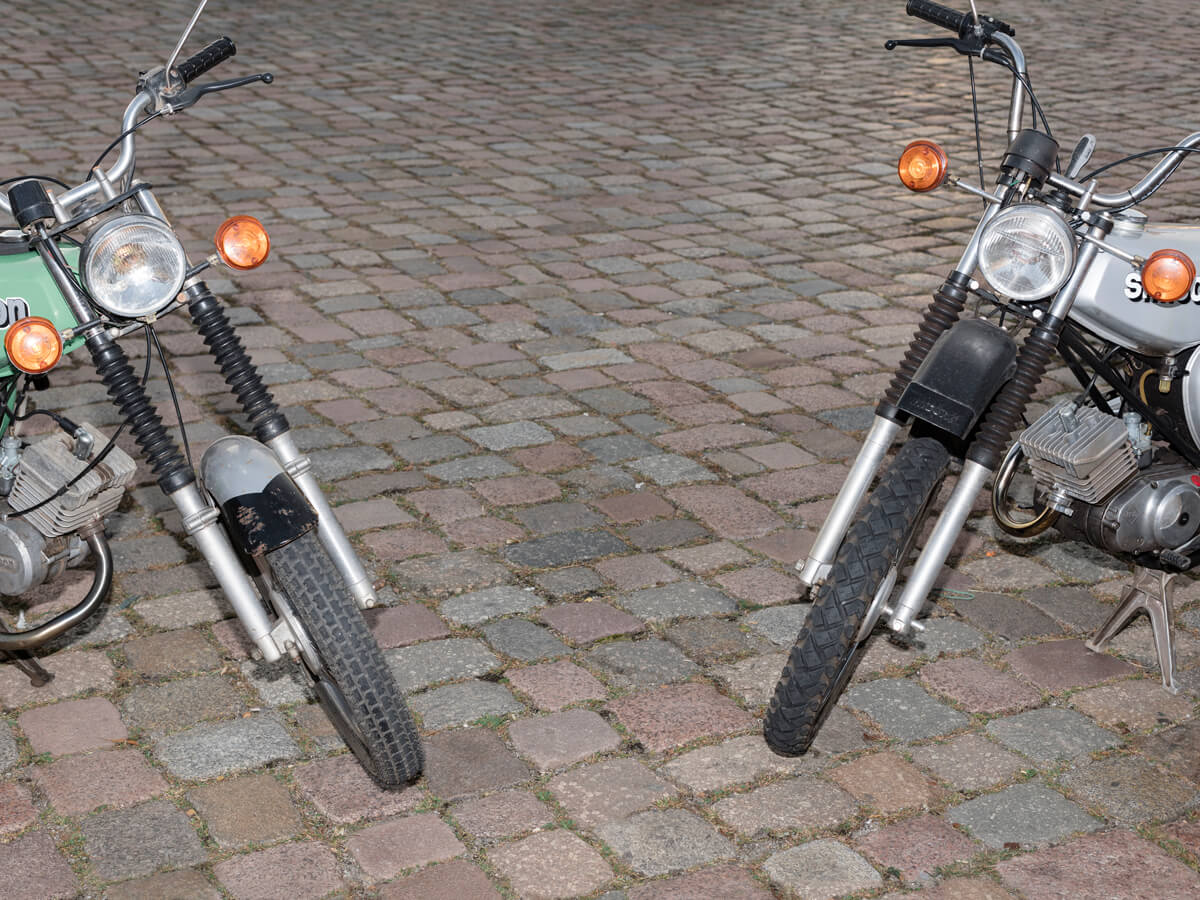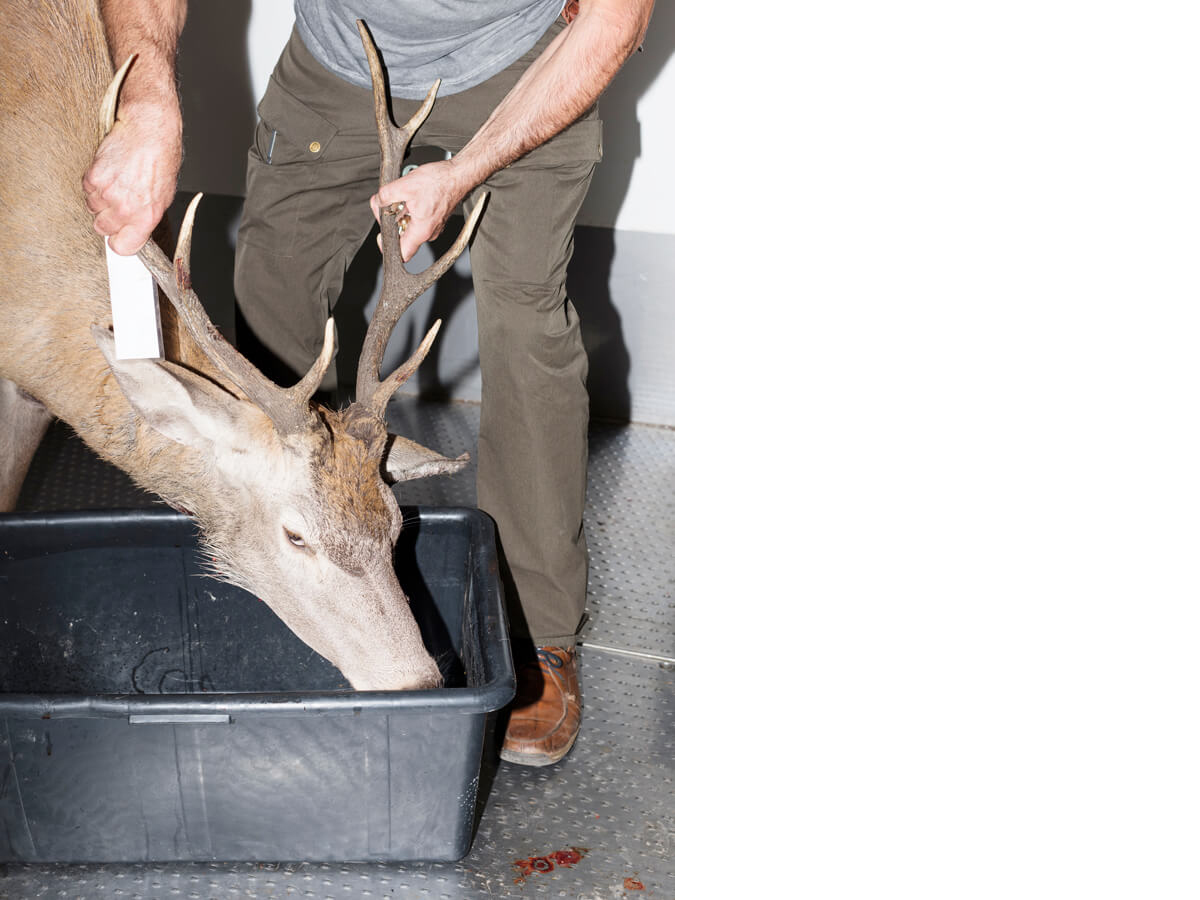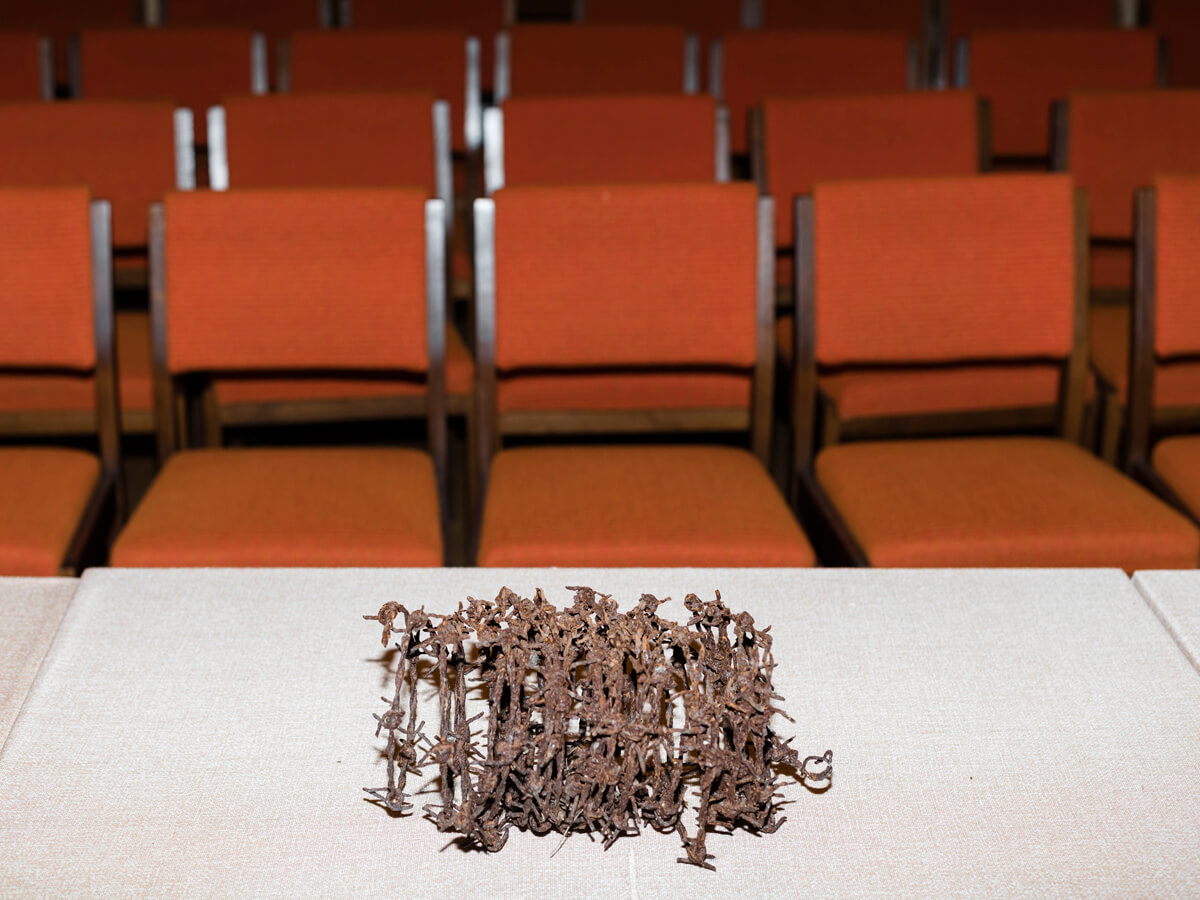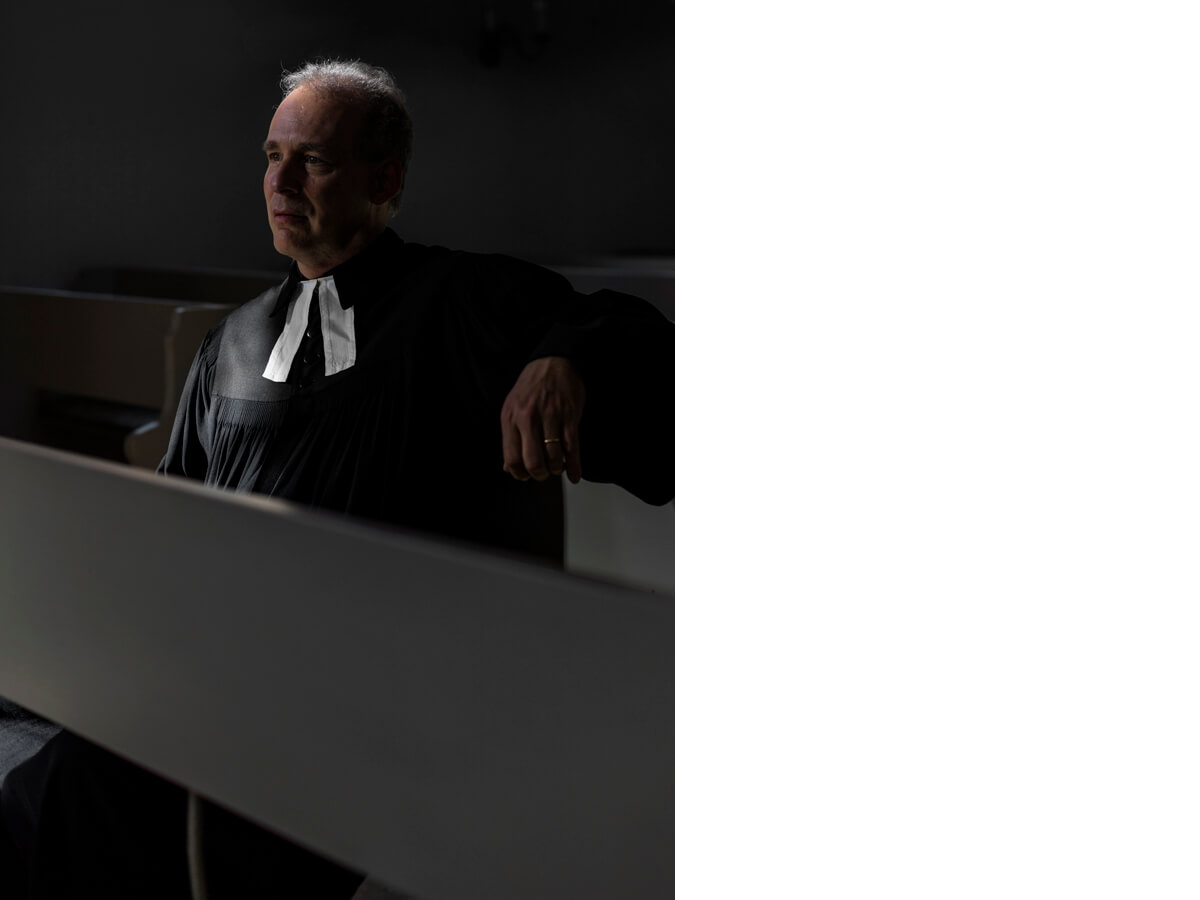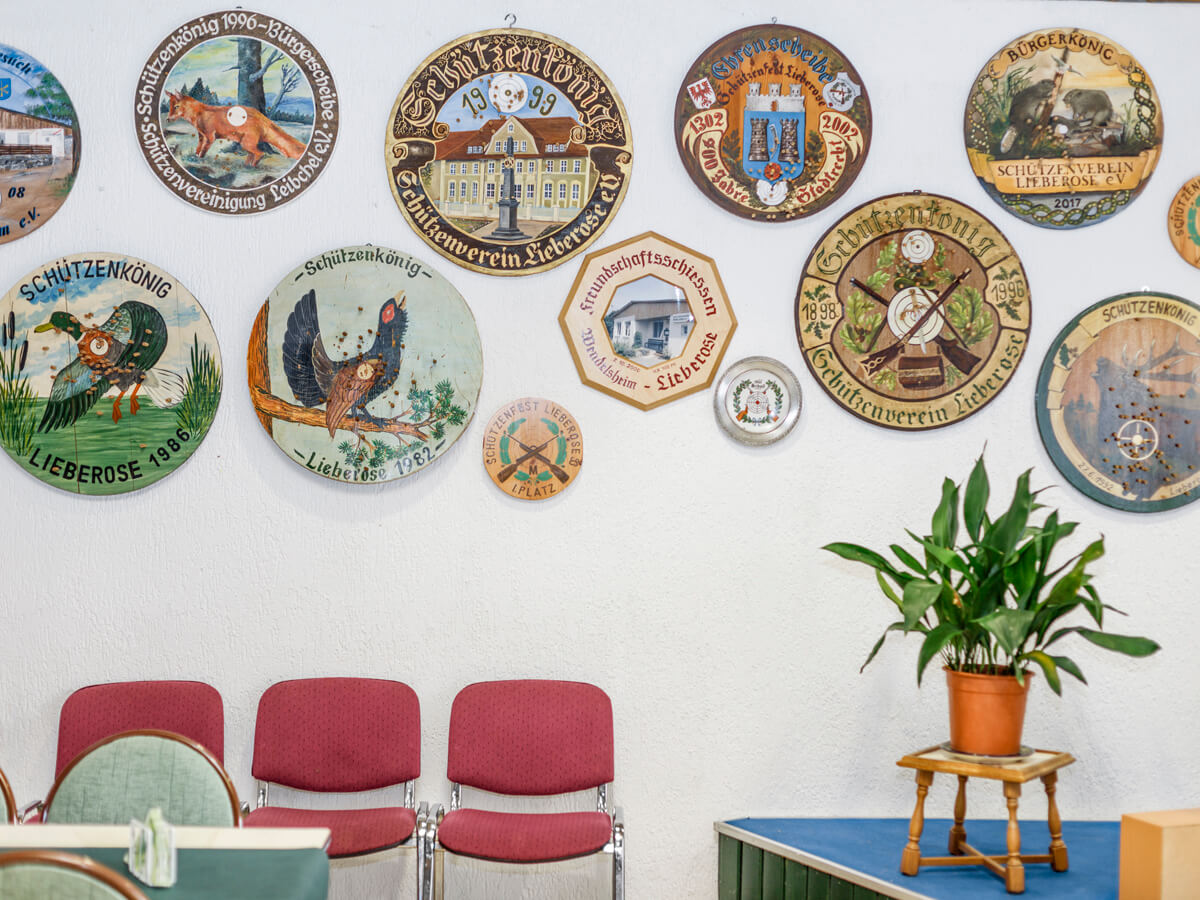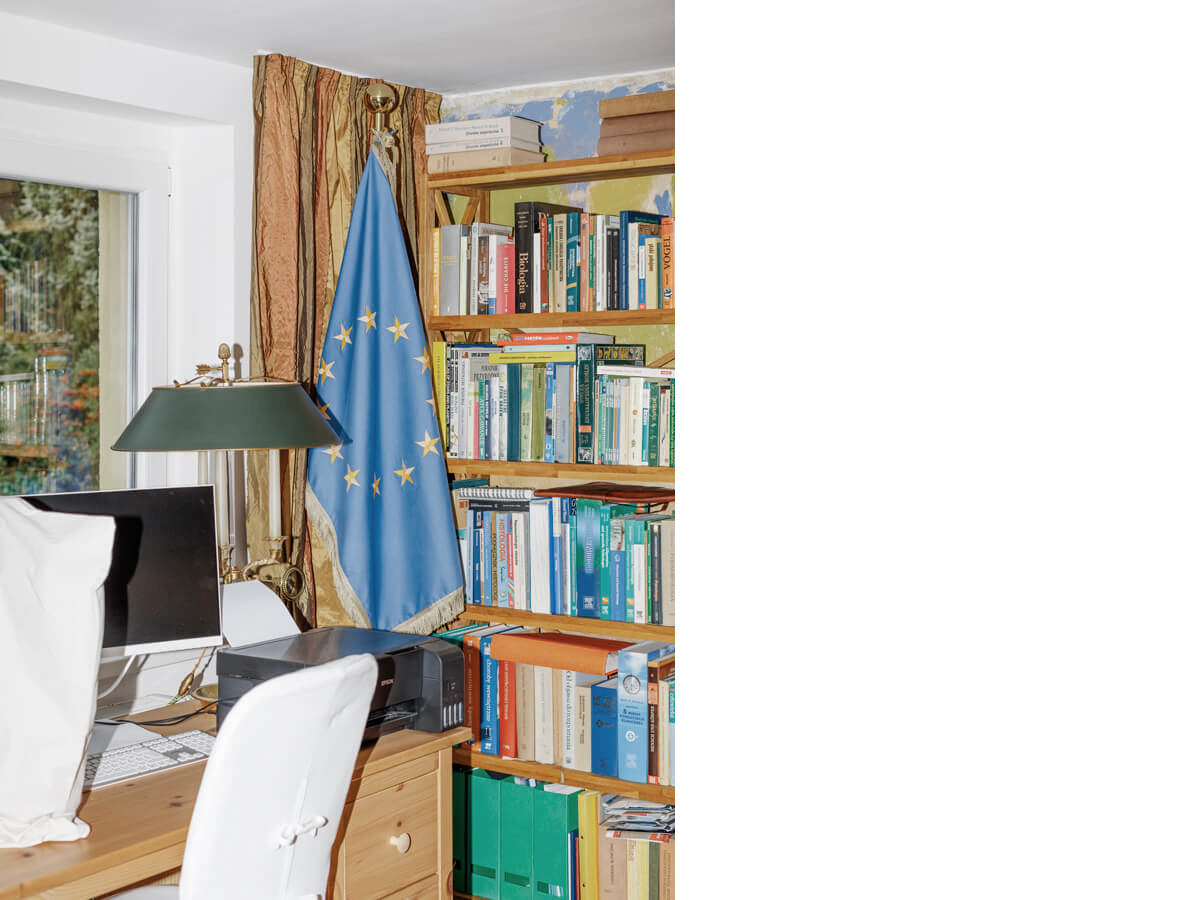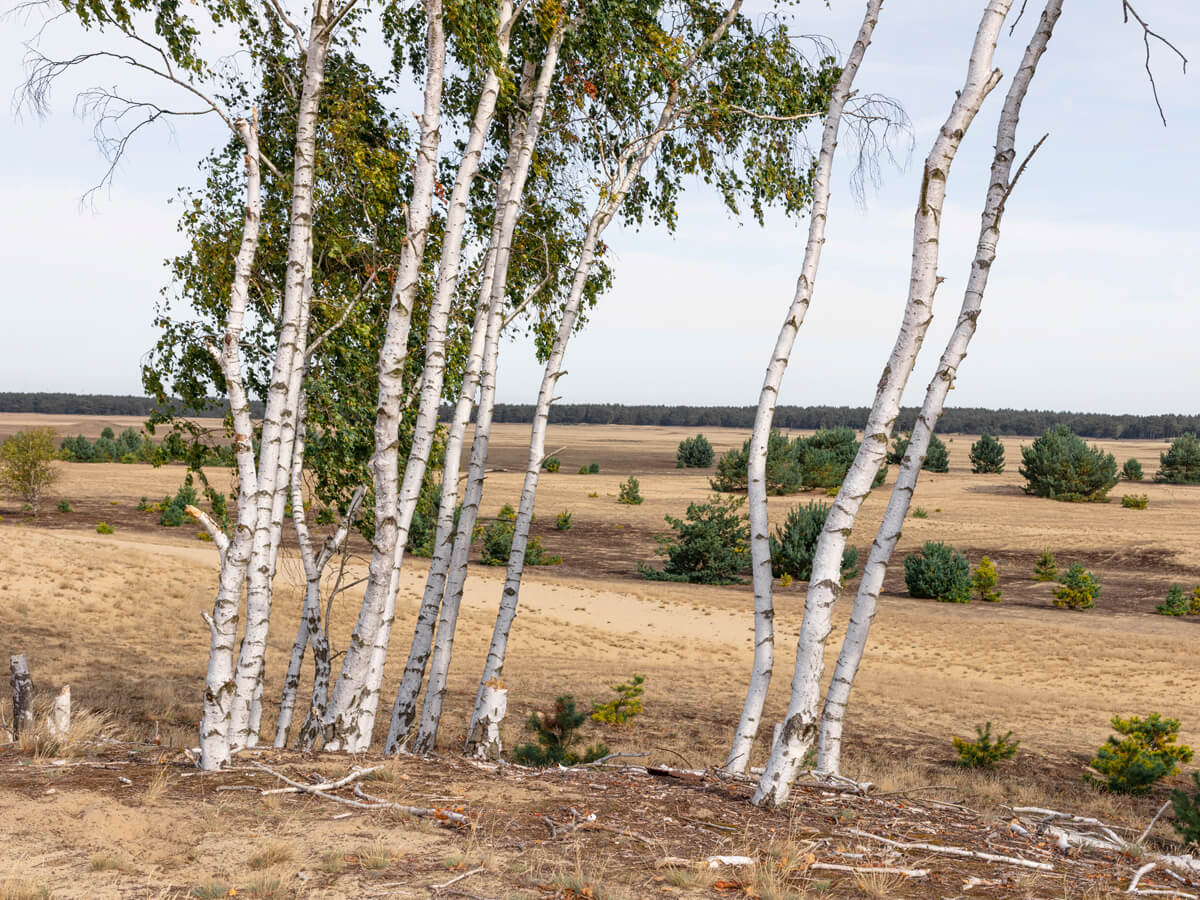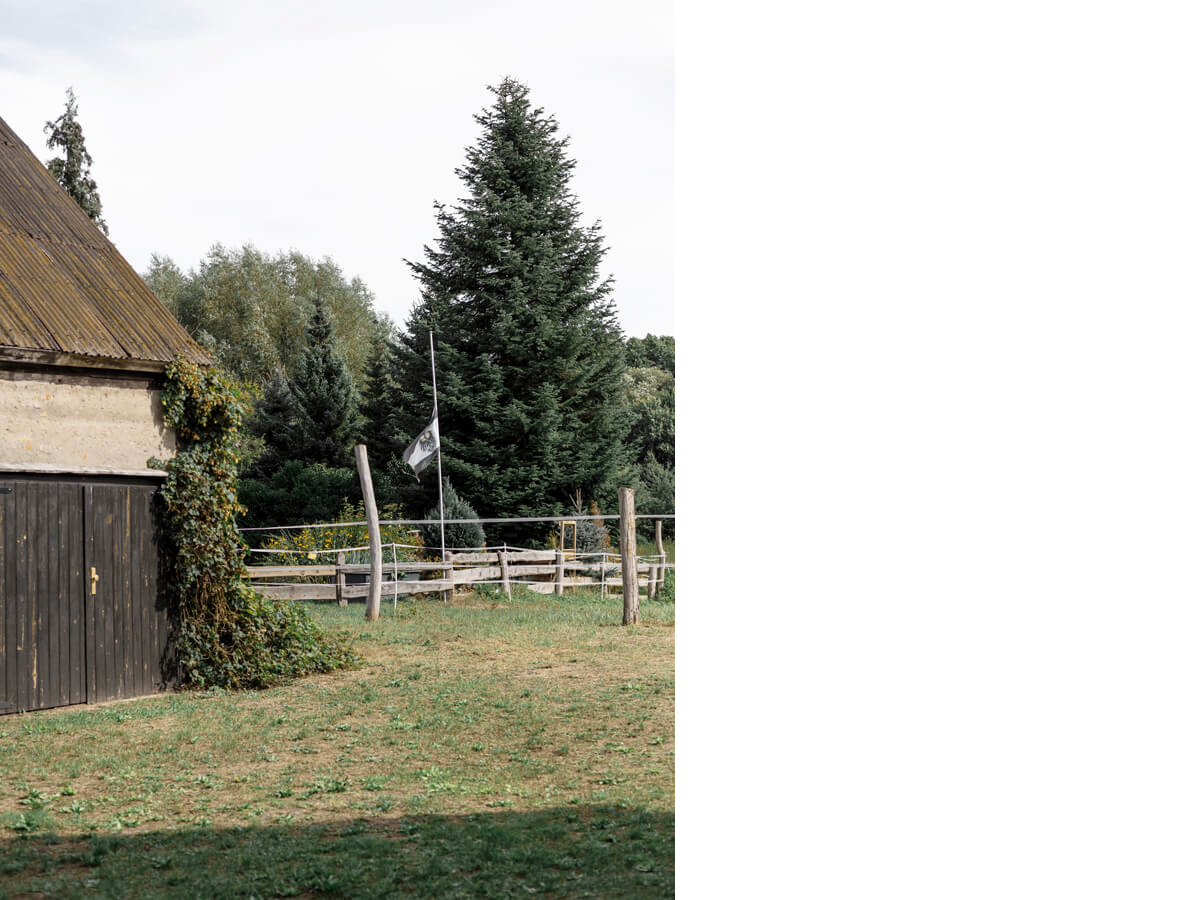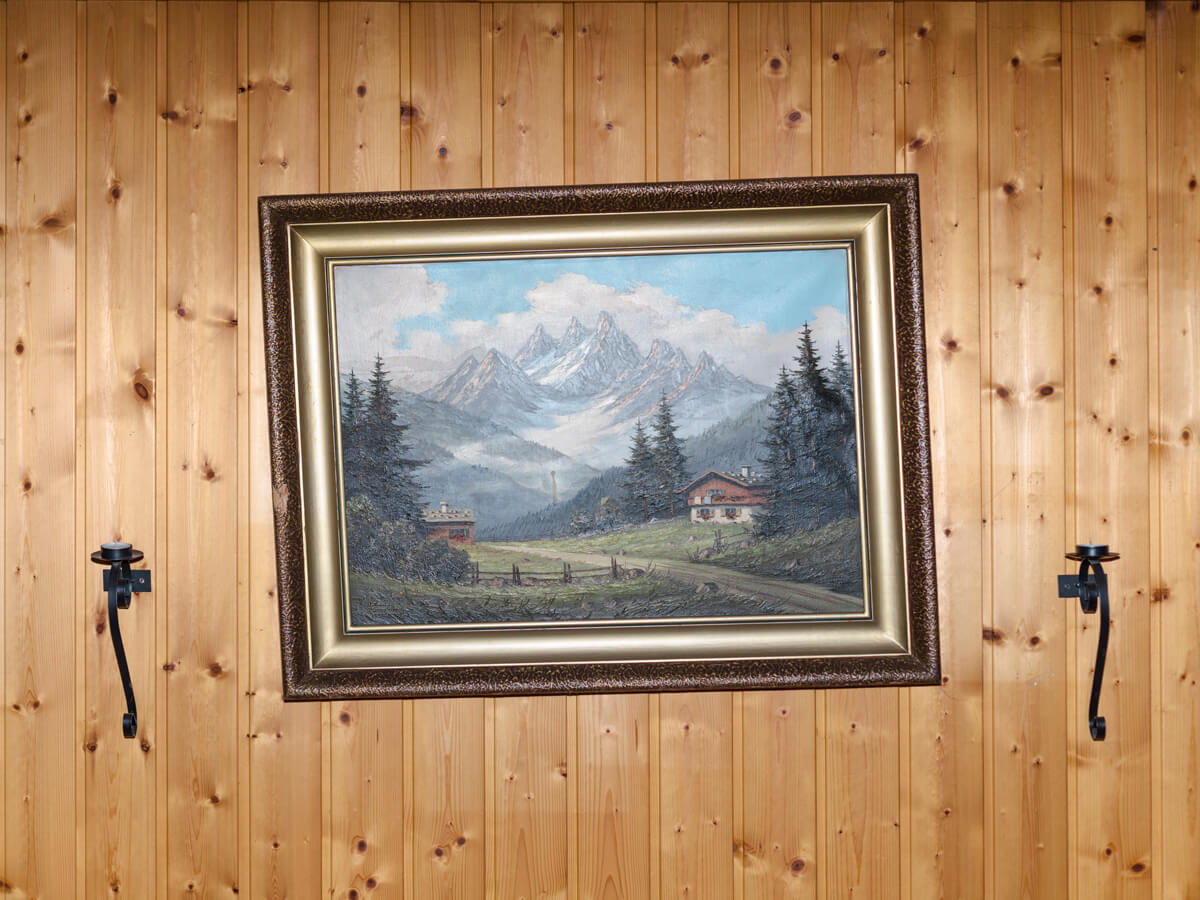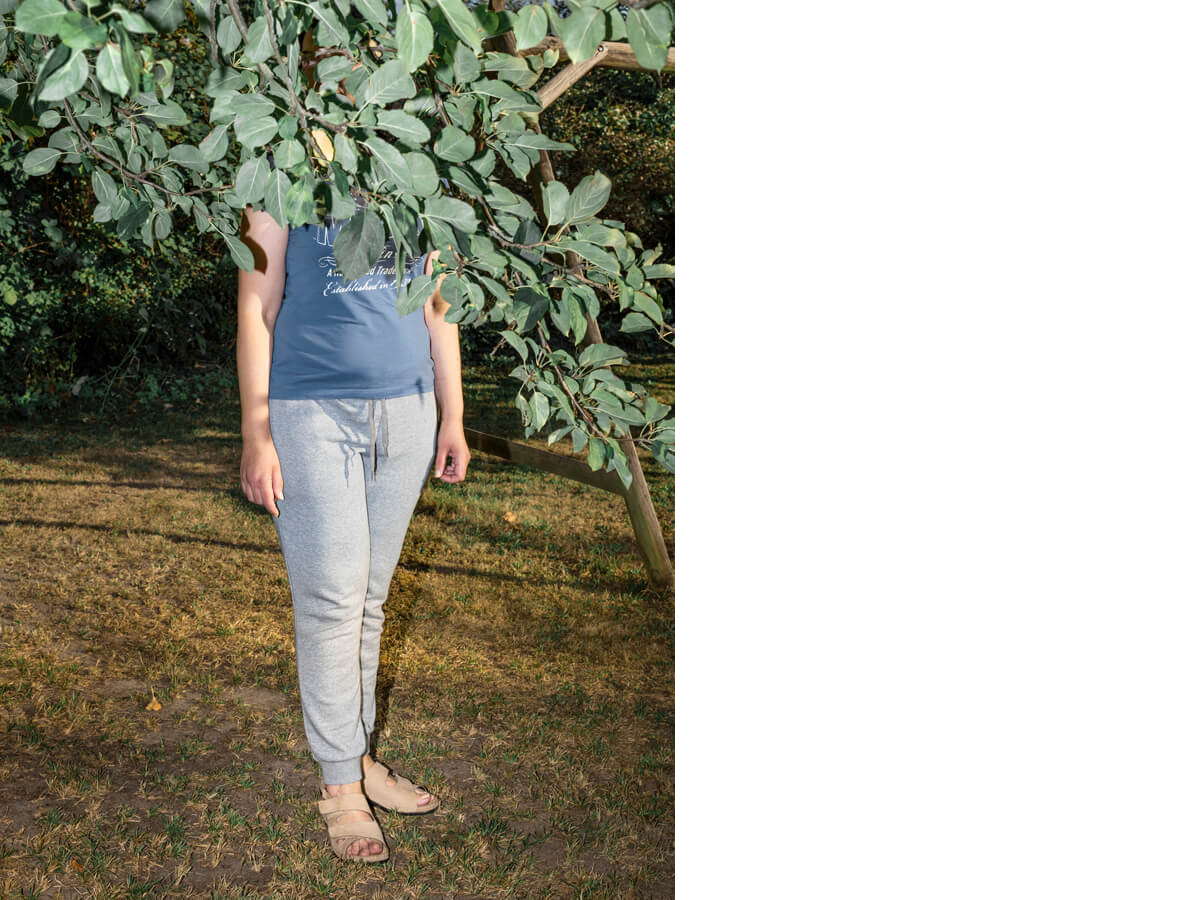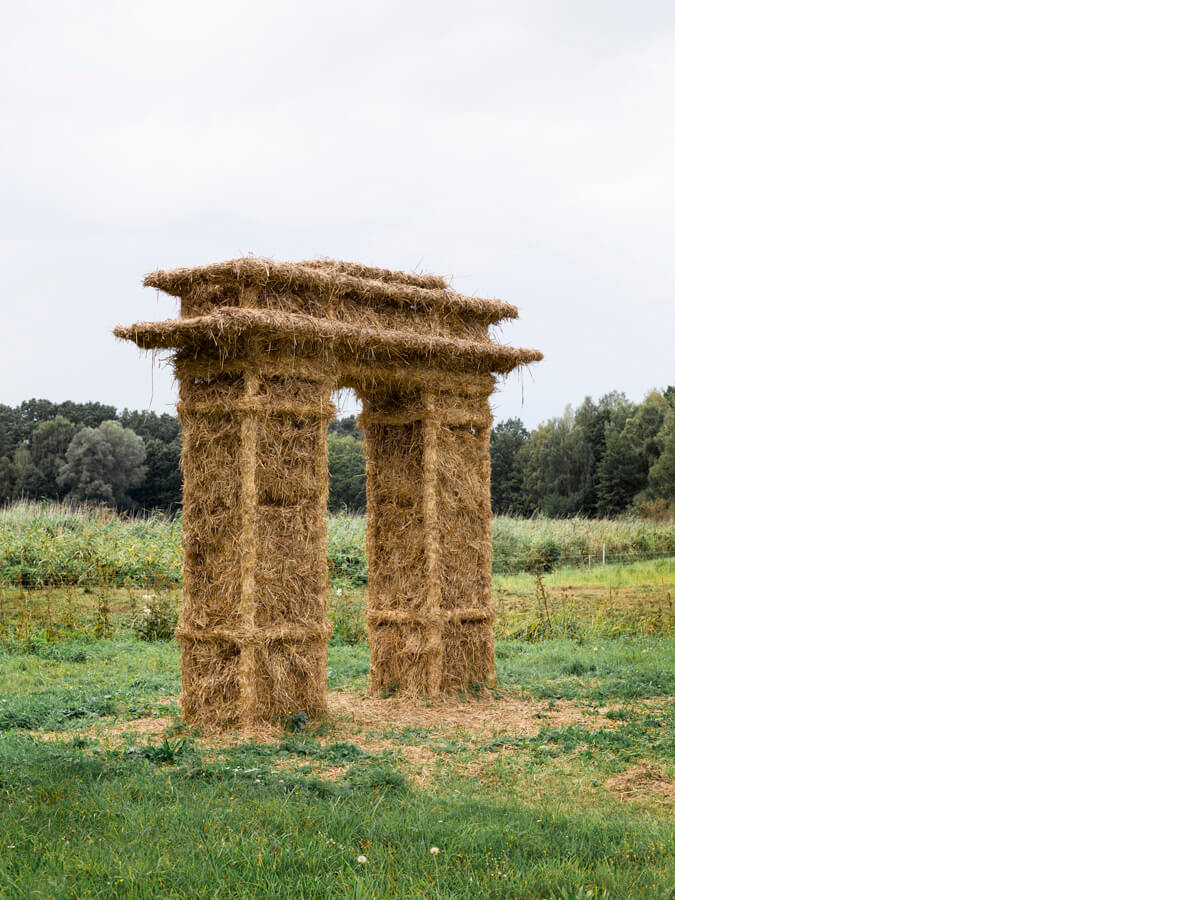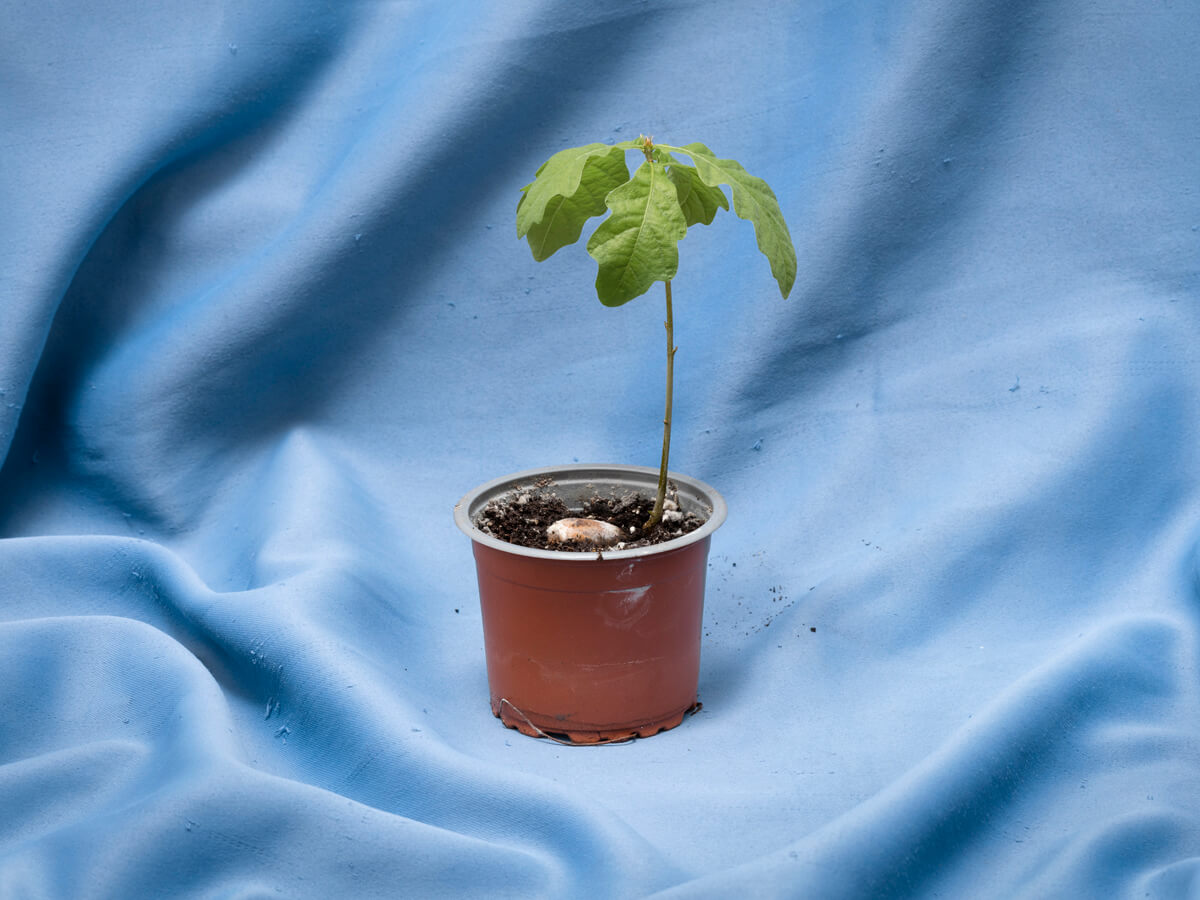der boden
portrait of an eastern german province
2023–2024
Lieberose in Lower Lusatia was in fall 2023 the subject of my photographic research on the question of East German identity. The singularity of the small town of less than 1.5 thousand people stems from the interplay between global history and the present. During the Second World War, there was a concentration camp here called KZ-Lieberose. Up to 10,000 people were imprisoned in this camp. Most of the prisoners were used as forced laborers in the construction of the planned military training area in the Lieberoser Heide. After the end of the war, the NKVD re-established in this location a Soviet internment camp. The Red Army adopted the military training area and continued to develop it. At the end of the 1980s, this complex was one of the largest military facilities in the GDR. Official large-scale war maneuvers of the Warsaw Pact with up to 50,000 troops took place here. They were viewed by the First Secretaries of the Eastern Bloc countries from a specially built grandstand on the so-called General Hill. During this time, several thousand Soviet soldiers and their families were stationed in the bases around Lieberose. After the troops withdrew in 1993, the ground there was so devastated that the sandy area covering several square kilometers remains the largest desert in Germany to this day.
Epilogue
During my stay in Lieberose, on a piece of land I came across the blackest and most fertile soil I have ever seen in my life. I took some of it with me and planted an oak tree in it. After a few weeks, a new tree sprouted from it.
The piece of work was created as part of the Lausitzer Fototage, an artists residency sponsored by the district of Dahme-Spreewald.
Curators of the photo days: Herbert Schirmer and Uwe Warnke.
More information can be found here: lausitzer-fototage.de
Lieberose in Lower Lusatia was in fall 2023 the subject of my photographic research on the question of East German identity. The singularity of the small town of less than 1.5 thousand people stems from the interplay between global history and the present. During the Second World War, there was a concentration camp here called KZ-Lieberose. Up to 10,000 people were imprisoned in this camp. Most of the prisoners were used as forced laborers in the construction of the planned military training area in the Lieberoser Heide. After the end of the war, the NKVD re-established in this location a Soviet internment camp. The Red Army adopted the military training area and continued to develop it. At the end of the 1980s, this complex was one of the largest military facilities in the GDR. Official large-scale war maneuvers of the Warsaw Pact with up to 50,000 troops took place here. They were viewed by the First Secretaries of the Eastern Bloc countries from a specially built grandstand on the so-called General Hill. During this time, several thousand Soviet soldiers and their families were stationed in the bases around Lieberose. After the troops withdrew in 1993, the ground there was so devastated that the sandy area covering several square kilometers remains the largest desert in Germany to this day.
Epilogue
During my stay in Lieberose, on a piece of land I came across the blackest and most fertile soil I have ever seen in my life. I took some of it with me and planted an oak tree in it. After a few weeks, a new tree sprouted from it.
The piece of work was created as part of the Lausitzer Fototage, an artists residency sponsored by the district of Dahme-Spreewald.
Curators of the photo days: Herbert Schirmer and Uwe Warnke.
More information can be found here: lausitzer-fototage.de



